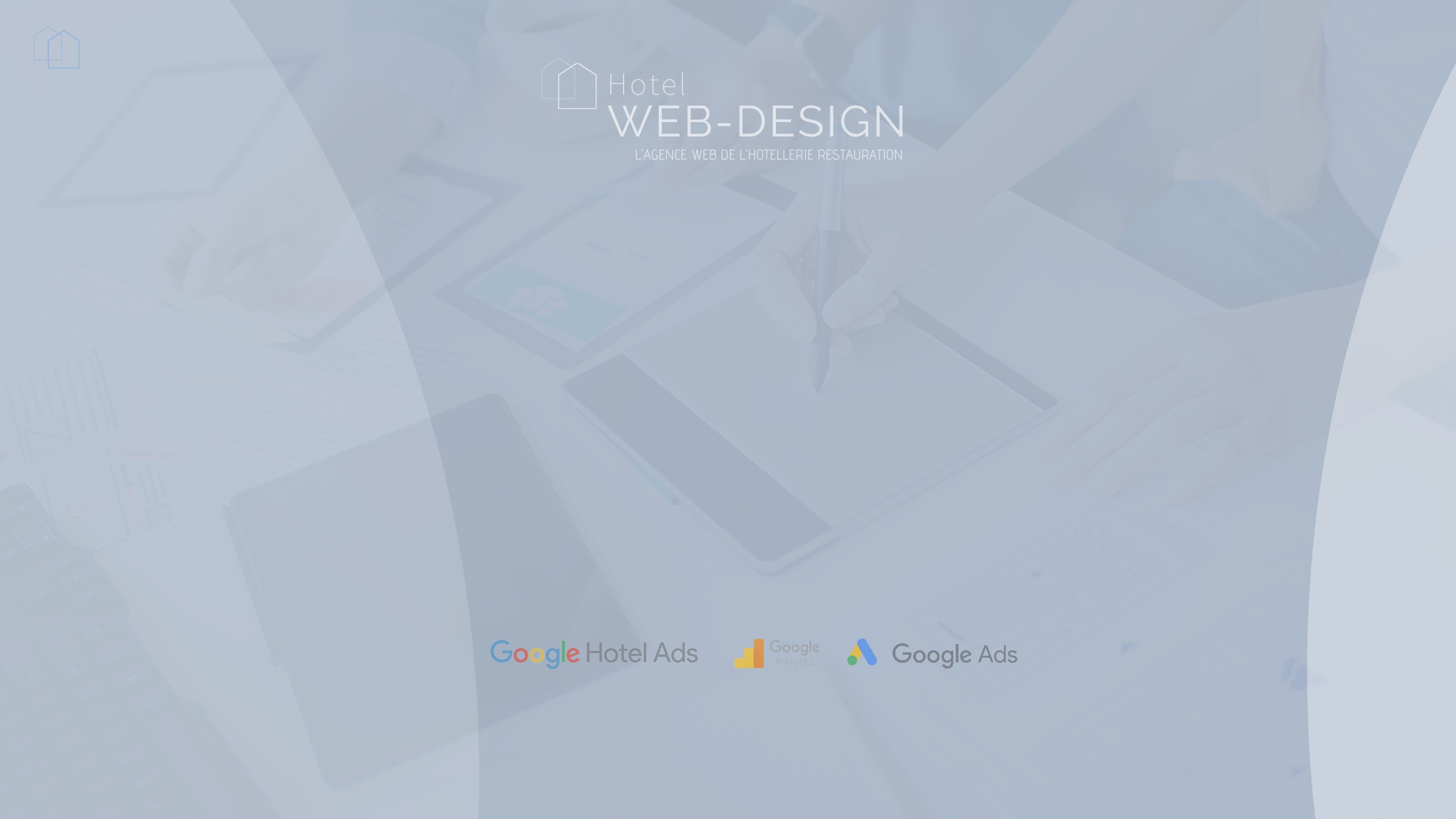Artificial Intelligence (AI) has already begun to transform many sectors, including web design. As AI technologies continue to advance, it's essential to ask what effect AI will have on web design in the future. In this article, we'll explore the key trends, challenges and opportunities that AI presents for the field of web design.
I. Increased personalisation
 One of the key benefits of AI in web design is its ability to personalise user experiences based on individual preferences and behaviours. Machine learning algorithms can analyse user data to create personalised profiles and offer content tailored to their needs. This personalisation will improve user engagement, loyalty and overall satisfaction.
One of the key benefits of AI in web design is its ability to personalise user experiences based on individual preferences and behaviours. Machine learning algorithms can analyse user data to create personalised profiles and offer content tailored to their needs. This personalisation will improve user engagement, loyalty and overall satisfaction.II. Design automation
AI also offers the possibility of automating certain aspects of web design, such as the creation of page layouts, the selection of colours and fonts, and the generation of visual content. Tools such as GPT-4 and generative adversarial networks (GANs) enable innovative design elements to be created without human intervention. This automation can speed up the design process and allow designers to concentrate on more creative and strategic tasks.
III. Improved accessibility
AI can also help make the web more accessible to people with disabilities. Using natural language processing and image recognition techniques, AI algorithms can generate text descriptions for images and videos, improving accessibility for visually impaired users. In addition, AI can help optimise the navigation and readability of websites for users with cognitive impairments or learning disabilities.
IV. Optimising performance
AI can be used to analyse and optimise the performance of websites, identifying elements that slow down loading times or suggesting improvements to make them more responsive. For example, machine learning algorithms can detect patterns of resource use and suggest solutions to optimise the user experience, while reducing hosting costs.
V. Ethical implications and challenges
While AI presents many opportunities for web design, it also raises ethical questions and challenges. Protecting user privacy is a major concern, as AI often relies on the collection and analysis of large amounts of personal data. Designers will need to strike a balance between personalisation and privacy.
In addition, design automation may raise concerns about the loss of jobs for human designers. However, it is important to note that AI will not completely replace designers, but rather complement and enhance their work. Designers will need to adapt and develop new skills to take advantage of AI technologies and remain relevant in the job market.
VI. Collaboration between AI and designers
 The future of web design is likely to involve close collaboration between designers and AI tools. Designers will be able to use AI to automate repetitive tasks and focus on creativity, innovation and solving complex problems. AI tools will also be able to help designers make more informed decisions by providing data analysis and information on market trends.
The future of web design is likely to involve close collaboration between designers and AI tools. Designers will be able to use AI to automate repetitive tasks and focus on creativity, innovation and solving complex problems. AI tools will also be able to help designers make more informed decisions by providing data analysis and information on market trends.VII. Training and education
To reap the full benefits of AI in web design, designers will need to train and keep abreast of the latest technological advances. Education and training programmes will need to adapt to include skills in AI, machine learning and data analysis. This will give designers the skills they need to work with AI tools and meet the challenges of the future.
Artificial intelligence has the potential to radically transform web design, offering personalised user experiences, automating certain design tasks, improving accessibility and optimising performance. Designers will need to adapt to these changes by developing new skills and working closely with AI tools.



